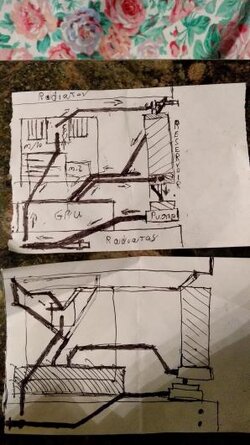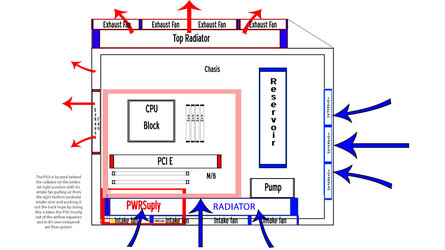First time Looper QuestionLog.
First of all lets me start by saying hello to everyone and thank you for having me in this wealth of information heaven.
First time looper here so excuse some noobish and weird question that you will possibly read from me in the upcoming future.
Got a simple question, for the people here if they could possibly help me as distilled water is unavailable for purchase normally in my country and just importing it seems to cost 4-5 times more than the actual product price... and the tap water is not the best quality...
I've looked for alternatives through the medical field as i think they use similar stuff in their field, but let me get down to the point so i dont overly drag this post.
Is WFI(Water for injection) or Surgical Irrigation Water suitable for the usage for cleaning parts for the first time as an alternative of distilled water, as i can get those at a much more affordable price they both go through sterilization and distillation or RO but i can't seem to clarify if they get any mineral supplement's added back to the water prior to use back in their respective fields...
I feel in the end am nitpicking at this last part that i need to purchase after spending so much money, so looking for your advice if anybody has any idea(having all this hardware sitting around cause i can't find h20 to clean them is screwing with my mind xD).
Again sorry for the noobish question and thanks for any clarity to this.
~Murum
First of all lets me start by saying hello to everyone and thank you for having me in this wealth of information heaven.
First time looper here so excuse some noobish and weird question that you will possibly read from me in the upcoming future.
Got a simple question, for the people here if they could possibly help me as distilled water is unavailable for purchase normally in my country and just importing it seems to cost 4-5 times more than the actual product price... and the tap water is not the best quality...
I've looked for alternatives through the medical field as i think they use similar stuff in their field, but let me get down to the point so i dont overly drag this post.
Is WFI(Water for injection) or Surgical Irrigation Water suitable for the usage for cleaning parts for the first time as an alternative of distilled water, as i can get those at a much more affordable price they both go through sterilization and distillation or RO but i can't seem to clarify if they get any mineral supplement's added back to the water prior to use back in their respective fields...
I feel in the end am nitpicking at this last part that i need to purchase after spending so much money, so looking for your advice if anybody has any idea(having all this hardware sitting around cause i can't find h20 to clean them is screwing with my mind xD).
Again sorry for the noobish question and thanks for any clarity to this.
~Murum
Last edited:

